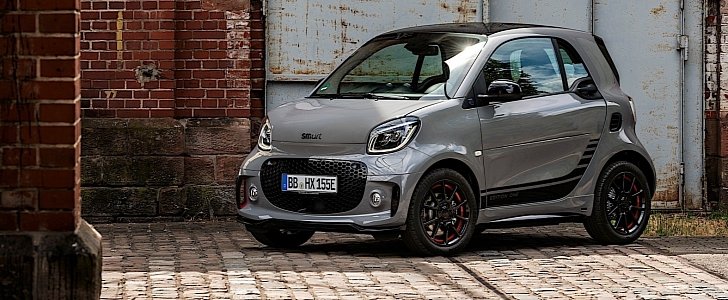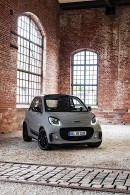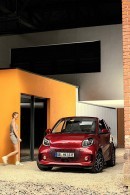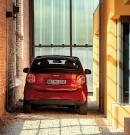When Alec Issigonis finished the development for the original Mini for the British Motor Corporation, there was no denying the English-Greek designer knew he had a world-class city car to markets beyond the United Kingdom. But like all good things and stories, the marque was saved from financial collapse with German money.
BMW bought the Rover Group in 1994, then the Germans broke up Mini into its own company in 2000 with the arrival of the… wait for it… MINI. The redesign was welcomed with open hands by the motoring media, enthusiasts, and consumers, selling by the bucketload for plenty of years. The UK remains the most important market for the British underdog, but still, MINI finds itself between a rock and a hard place.
Sales continued to drop in 2018, contracting 2.8 percent to 142,617 units worldwide. The downward trend is all the more obvious if you take a look at the U.S. and European figures from 2019, and the future doesn’t look pretty for MINI despite the introduction of the all-electric hatchback with the e-motor and battery from the i3s.
smart is going through an even worse situation, dropping 4.6 percent to 128,802 cars in 2018. Switching to an all-electric lineup is one thing, but nevertheless, the higher-ups should understand that few customers would consider such a small runabout as their daily driver. Adding insult to injury, the EQ series isn’t exactly affordable.
Talking to Autocar.co.uk, head of design Gorden Wagener claims that the first-gen MINI from BMW shows the direction that smart will take. “The key point is that sexiness sells, and in that regard I look to those first Minis for inspiration,” he said, and we’re not exactly sure if this man is living in the past or is simply wishful thinking.
Retro-styled cars such as the Beetle are no longer in fashion, and even American pony cars are struggling to make ends meet. To make matters worse, Chevrolet has reportedly canceled the seventh-generation Camaro to focus on electrification, crossovers, trucks, and autonomous driving. Given the current trends, Wagener should take a deeper look into the inherent problems of the smart and how can smart be aligned with the things customers truly want.
All-new models are scheduled to launch in 2022, which sounds about right if you remember the mid-cycle refresh for the fortwo and forfour premiered last month at the 2019 Frankfurt Motor Show. On an ending note, smart also plans to go big or go home in China thanks to a joint venture with Geely, the mothership of Volvo Cars, Polestar, Lotus, LEVC, and Proton.
Sales continued to drop in 2018, contracting 2.8 percent to 142,617 units worldwide. The downward trend is all the more obvious if you take a look at the U.S. and European figures from 2019, and the future doesn’t look pretty for MINI despite the introduction of the all-electric hatchback with the e-motor and battery from the i3s.
smart is going through an even worse situation, dropping 4.6 percent to 128,802 cars in 2018. Switching to an all-electric lineup is one thing, but nevertheless, the higher-ups should understand that few customers would consider such a small runabout as their daily driver. Adding insult to injury, the EQ series isn’t exactly affordable.
Talking to Autocar.co.uk, head of design Gorden Wagener claims that the first-gen MINI from BMW shows the direction that smart will take. “The key point is that sexiness sells, and in that regard I look to those first Minis for inspiration,” he said, and we’re not exactly sure if this man is living in the past or is simply wishful thinking.
Retro-styled cars such as the Beetle are no longer in fashion, and even American pony cars are struggling to make ends meet. To make matters worse, Chevrolet has reportedly canceled the seventh-generation Camaro to focus on electrification, crossovers, trucks, and autonomous driving. Given the current trends, Wagener should take a deeper look into the inherent problems of the smart and how can smart be aligned with the things customers truly want.
All-new models are scheduled to launch in 2022, which sounds about right if you remember the mid-cycle refresh for the fortwo and forfour premiered last month at the 2019 Frankfurt Motor Show. On an ending note, smart also plans to go big or go home in China thanks to a joint venture with Geely, the mothership of Volvo Cars, Polestar, Lotus, LEVC, and Proton.



















































